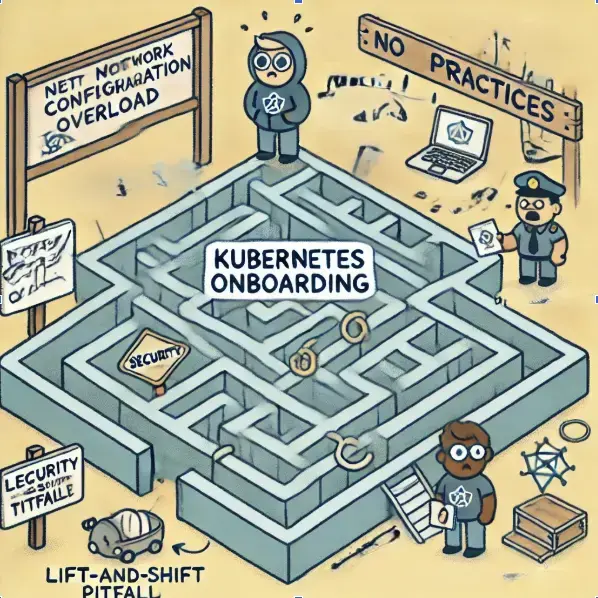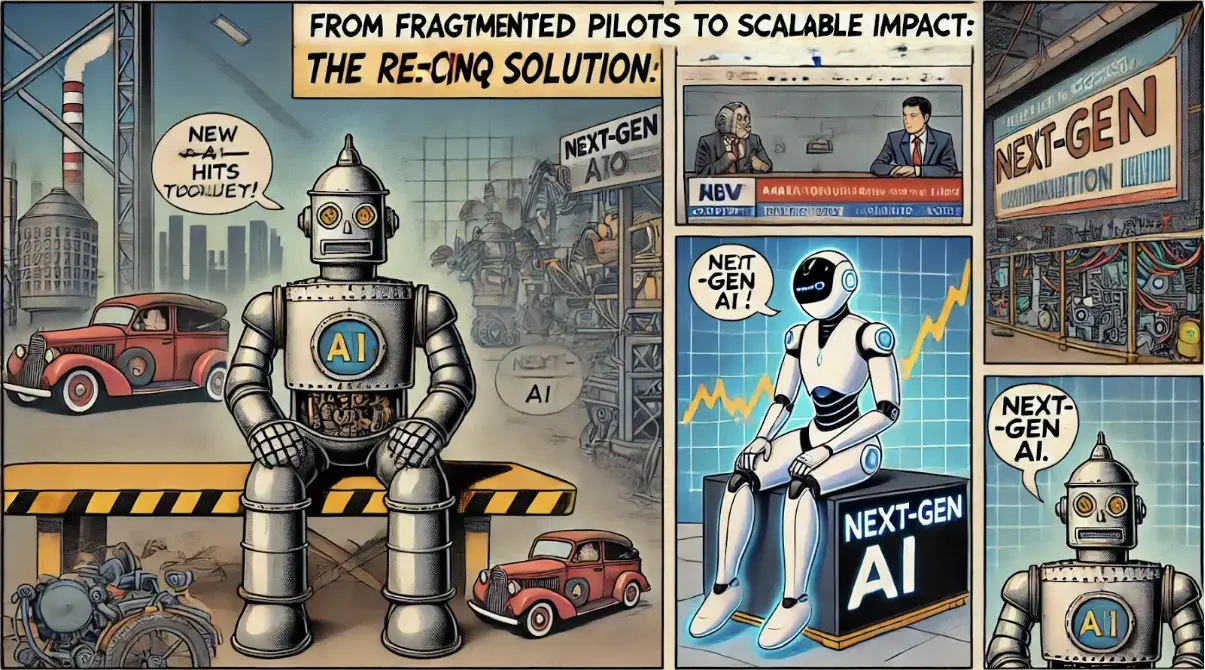Enhancing AI with Platform Engineering: Strategies for Cloud-Native Success

Understanding Platform Engineering
As organizations navigate the complex landscape of cloud computing, artificial intelligence (AI), and Retrieval-Augmented Generation (RAG), platform engineering emerges as a critical foundation. By providing a standardized, self-service platform for developers, it empowers teams to focus on innovation while ensuring operational efficiency and scalability.
Platform engineering is the discipline of building internal platforms that streamline the development process. It aims to provide developers with the tools, services, and workflows they need to manage their applications effectively, without being burdened by infrastructure details. This empowers teams to focus on delivering business value and accelerates time-to-market.
The Role of Platform Engineering in Cloud-Native, AI, and RAG Platforms
Platform engineering plays a crucial role in enabling organizations to leverage the power of cloud-native1 technologies, AI, and RAG. Here are some ways platform engineering can support these technologies:
Cloud-Native Environments
- Infrastructure as Code (IaC): Platform engineering facilitates the adoption of IaC, enabling developers to define and manage infrastructure using code, ensuring consistency and reproducibility.
- Containerization and Orchestration: Platforms can provide standardized tools for containerizing applications and managing their lifecycle using orchestration platforms like Kubernetes.
- Serverless Computing: Platform engineering can abstract away the complexities of serverless functions, allowing developers to focus on writing code without worrying about infrastructure provisioning or scaling.
AI and Machine Learning
- Data Pipelines: Platforms can streamline the creation and management of data pipelines, ensuring that data is collected, processed, and stored efficiently for AI models.
- Model Deployment and Management: Platforms can provide tools for deploying and managing AI models, including version control, monitoring, and scaling.
- MLOps: Platform engineering can support MLOps practices, enabling teams to automate the entire AI lifecycle from development to production.
- Data Retrieval and Indexing: Platforms can provide efficient mechanisms for retrieving and indexing large datasets, which are essential for RAG systems.
- Query Processing: Platforms can optimize query processing to ensure that RAG models can efficiently retrieve relevant information from large datasets.
- Model Integration: Platforms can facilitate the integration of RAG models with other components of the application, such as search interfaces or chatbots.
Key Benefits of Platform Engineering
By adopting platform engineering, organizations can experience a range of benefits, including:
- Increased Developer Productivity: By automating routine tasks and providing self-service capabilities, platform engineering frees developers to focus on building innovative applications.
- Improved Efficiency: Standardized tools and processes reduce inefficiencies and ensure consistent practices across teams.
- Enhanced Scalability: Platform engineering enables organizations to scale their infrastructure and applications seamlessly to meet growing demand.
- Reduced Risk: By automating infrastructure management and implementing best practices, platform engineering can help mitigate risks and improve system reliability.
Conclusion
Platform engineering is essential for organizations that want to leverage the power of cloud-native technologies and AI. By providing a solid foundation for development teams, it enables them to innovate faster, reduce costs, and deliver better products and services. As the complexity of modern applications continues to grow, platform engineering will play an increasingly important role in driving business success.









